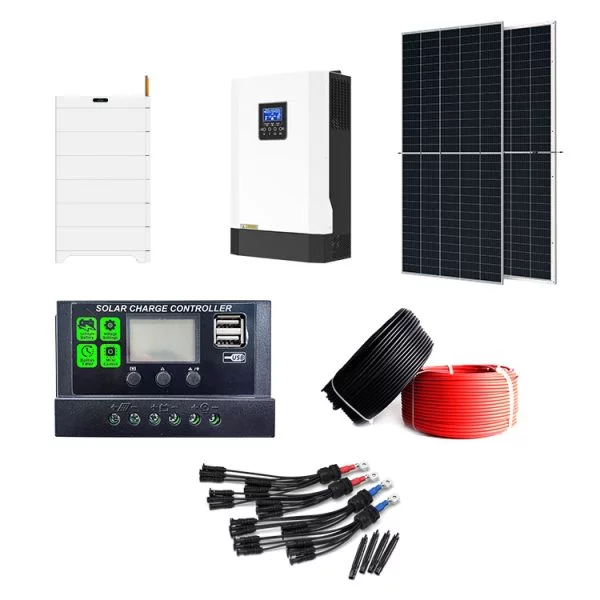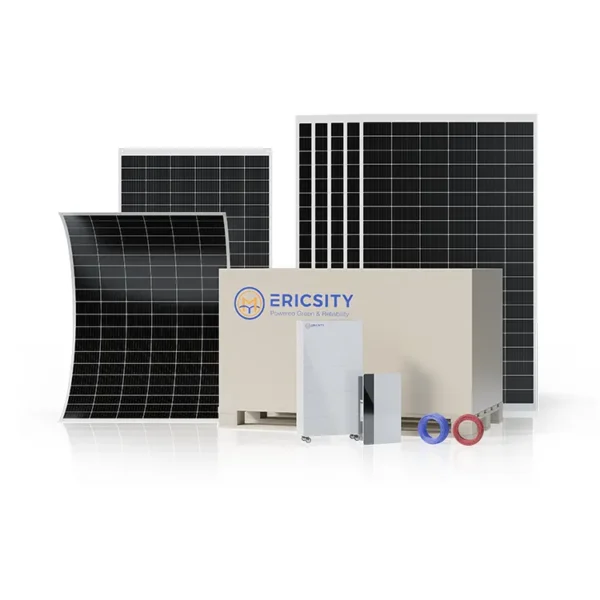HOT PRODUCT
Product Details
Semi-flexible Monocrystalline Panels In Action: Real-life Applications And Success Stories
Semi-flexible Monocrystalline Panels In Action: Real-life Applications And Success Stories
Semi-flexible monocrystalline solar panels have revolutionized the way renewable energy is utilized in numerous real-life applications. With their enhanced flexibility, durability, and adaptability, these panels have become the preferred choice for a wide range of industries and individuals around the world. In this article, we will explore the various real-life applications of semi-flexible monocrystalline panels and delve into some success stories that highlight their effectiveness and potential.
1. Marine and Boating Industry:
Semi-flexible monocrystalline panels are the perfect solution for the marine and boating industry. Their flexibility allows them to be installed on curved surfaces, such as boat decks or sails, without compromising their efficiency. These panels provide a reliable source of renewable energy to power onboard appliances and equipment, including lights, refrigeration systems, and entertainment devices. With their robustness against harsh weather conditions and ability to generate electricity even in low-light situations, semi-flexible panels are a sustainable and eco-friendly solution for the marine industry.
2. Recreational Vehicles and Camping:
For outdoor enthusiasts and adventurers, semi-flexible monocrystalline panels offer a compact and portable energy solution. These panels can be easily mounted on the roofs of recreational vehicles (RVs) or tents, providing a continuous source of power for lighting, charging electronic devices, and running small appliances. By utilizing solar energy, RV owners and campers can reduce their carbon footprint and enjoy off-grid living without compromising on comfort or convenience.
3. Architectural Integration:
Semi-flexible monocrystalline panels have opened up new possibilities in architectural design by seamlessly integrating renewable energy systems into buildings. These panels can be incorporated into construction materials, such as roofs, facades, or windows, providing a visually appealing and sustainable energy source. The flexibility of these panels allows architects and designers to create innovative structures that generate clean energy while blending harmoniously into their surroundings.

4. Aerospace and Aviation:
The aerospace and aviation industries have also embraced the use of semi-flexible monocrystalline panels due to their lightweight and flexible nature. These panels are commonly used in satellites, drones, and aircraft, where weight reduction and efficiency are paramount. By harnessing solar energy, these industries can increase the endurance and efficiency of their vehicles and devices, reducing their reliance on traditional power sources and reducing costs.
Success Story: The PlanetSolar DeepWater Expedition
One notable success story involving semi-flexible monocrystalline panels is the PlanetSolar DeepWater Expedition, undertaken by the PlanetSolar Foundation. In 2010, the organization successfully completed a 585-day journey around the world using the world’s largest solar-powered boat, the Tûranor PlanetSolar. This boat, powered entirely by solar energy, was equipped with semi-flexible monocrystalline panels that covered a surface area of 537 square meters.

The success of the PlanetSolar DeepWater Expedition demonstrated the incredible potential of semi-flexible monocrystalline panels in long-duration, sustainable marine travel. It set a world record for the fastest circumnavigation of the globe by solar-powered vessel and encouraged further research and development in the field of renewable energy.
In conclusion, semi-flexible monocrystalline panels have found numerous real-life applications in various industries. From the marine and boating industry to recreational vehicles, architecture, and aerospace, these panels offer a reliable and environmentally friendly energy source. The success of ventures like the PlanetSolar DeepWater Expedition highlights the effectiveness and potential of these panels in practical, sustainable endeavors. As technology continues to advance, we can expect further innovation and wider adoption of semi-flexible monocrystalline panels across different sectors, contributing to a cleaner and greener future.




